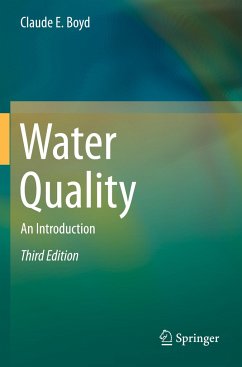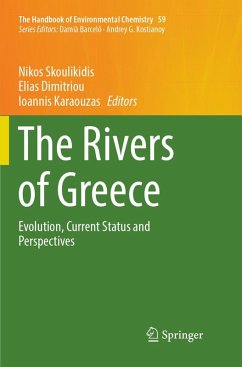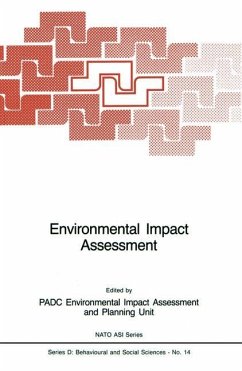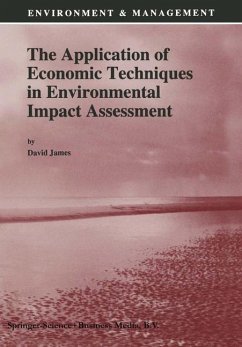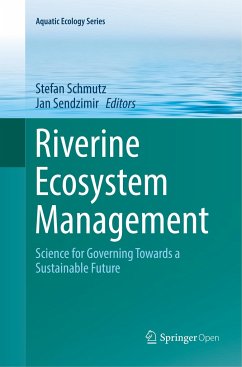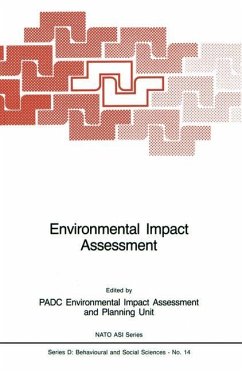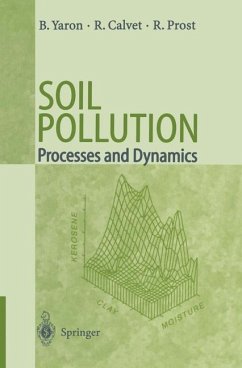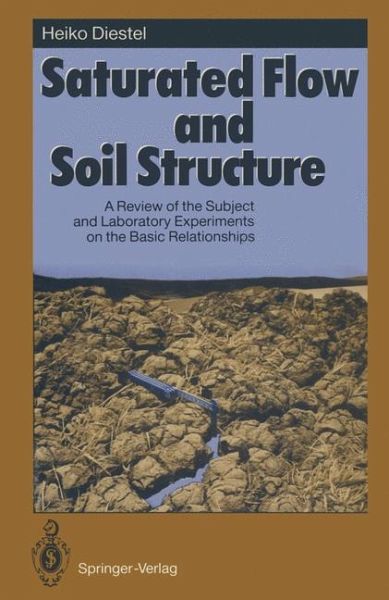
Saturated Flow and Soil Structure
A Review of the Subject and Laboratory Experiments on the Basic Relationships
Versandkostenfrei!
Versandfertig in 1-2 Wochen
77,99 €
inkl. MwSt.

PAYBACK Punkte
39 °P sammeln!
Soil and water pollution have a serious impact on the environment, and soil scientists and hydrologists need fundamental help for the estimation of the consequences. The experiments described in this volume deal with the quantification of the morphology of interaggregate voids and of the flow through such voids as well as around impermeable inclusions. The diagrams given in the appendix can be used as references for such measurements. This work is put into the context of the international literature on the subject. An index and a glossary complete the volume. The subject of this work is of gre...
Soil and water pollution have a serious impact on the environment, and soil scientists and hydrologists need fundamental help for the estimation of the consequences. The experiments described in this volume deal with the quantification of the morphology of interaggregate voids and of the flow through such voids as well as around impermeable inclusions. The diagrams given in the appendix can be used as references for such measurements. This work is put into the context of the international literature on the subject. An index and a glossary complete the volume. The subject of this work is of great interest to hydrologists and soil scientists working on the estimation of the consequences of soil and water pollution.



